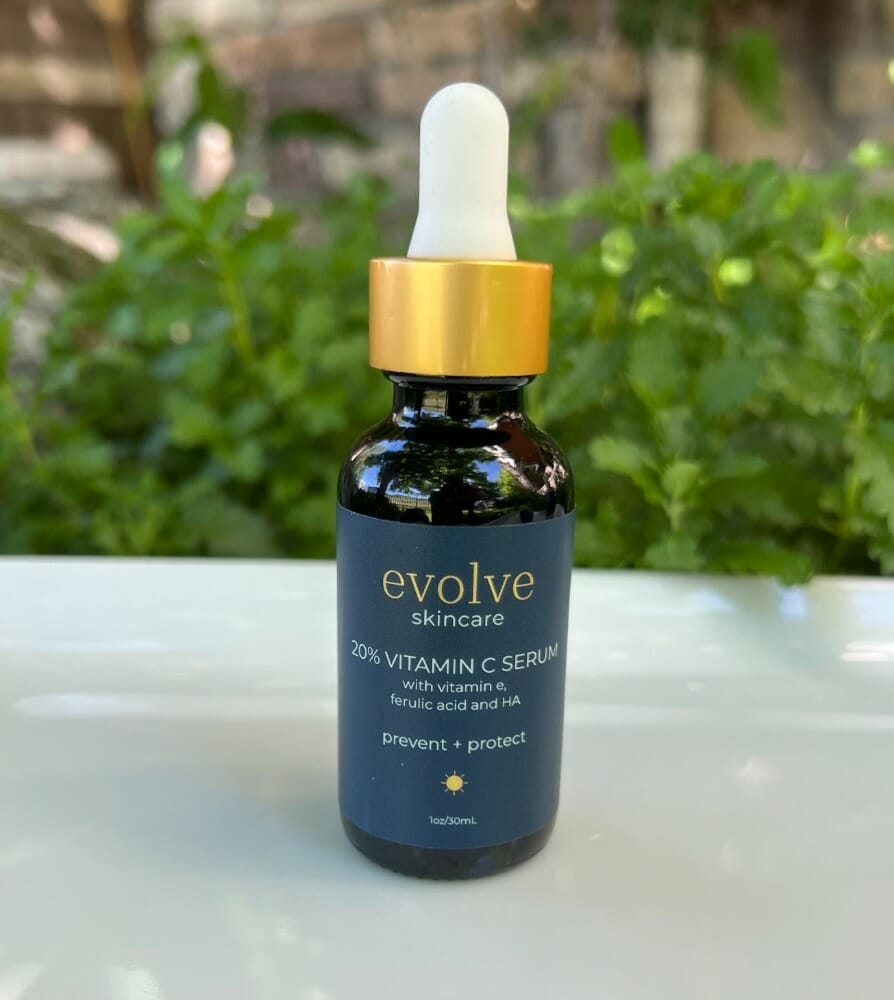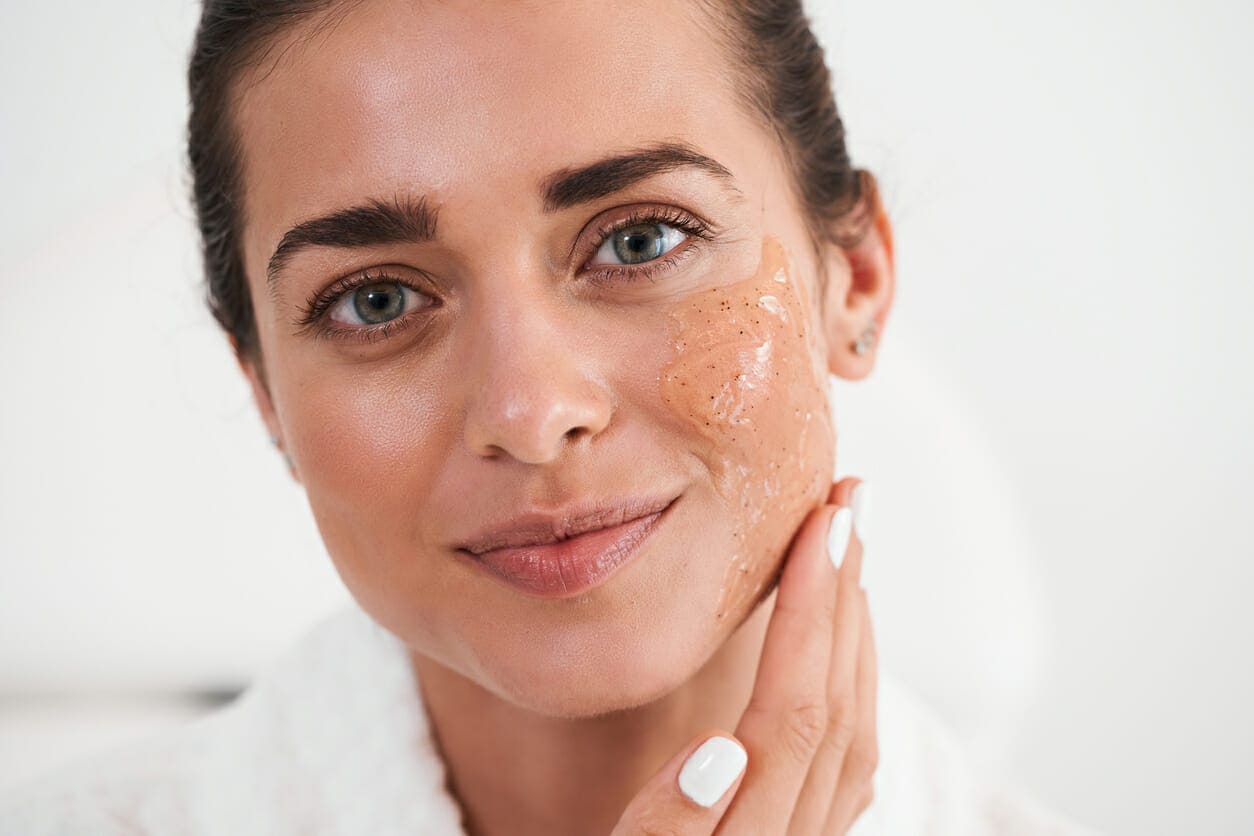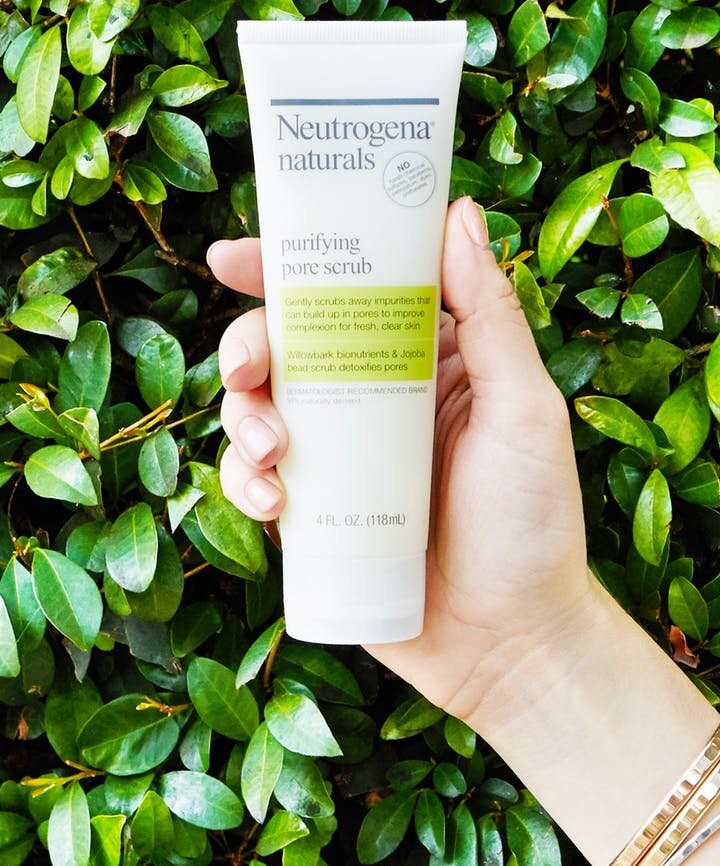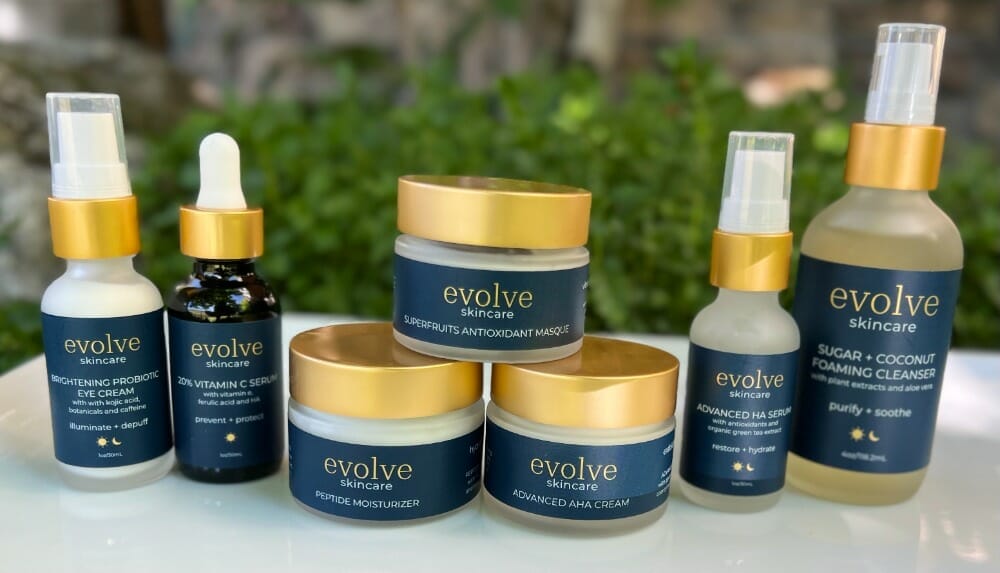
5 Back to School Tips for Teens and College Students
This is for all of you heading back to school this fall. As you gear up to hit the books again, don’t forget to give your skin some TLC too. Here are five practical skincare tips that will have you looking fresh and ready to conquer the new school year.
1) Choose the right cleanser for your skin type (and wash your face twice a day!)
The trick here is finding your perfect match. Just like finding the right study group, finding the right cleanser for your skin type is essential. Oily skin? Opt for a gentle foaming cleanser. Dry skin? Cream-based cleansers are your go-to. Choosing the right cleanser can make all the difference in limiting irritation and keeping those breakouts at bay.
Here are some great options:
Sugar and Coconut Foaming Cleanser
Gentle Foaming Cleansers if you are prone to acne or have oily/normal skin. Enriched with plant extracts, this helps to soothe and protect your skin. Aloe vera calms the skin while coconut oil derivatives gently wash away impurities. (Available for purchase only in our office).
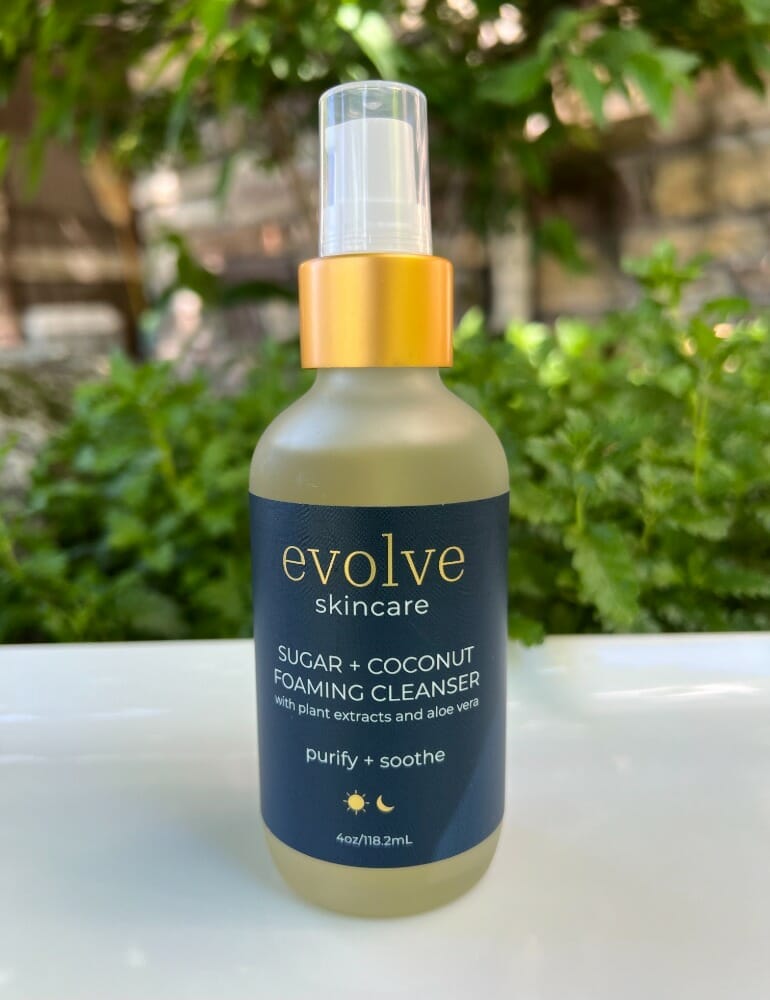
Epionce Gentle Foaming Cleanser
This gently cleans surface impurities including makeup without leaving the skin feeling tight, dry or stripped; cleanses without irritation; helps smooth and refine texture; leaves skin feeling hydrated.
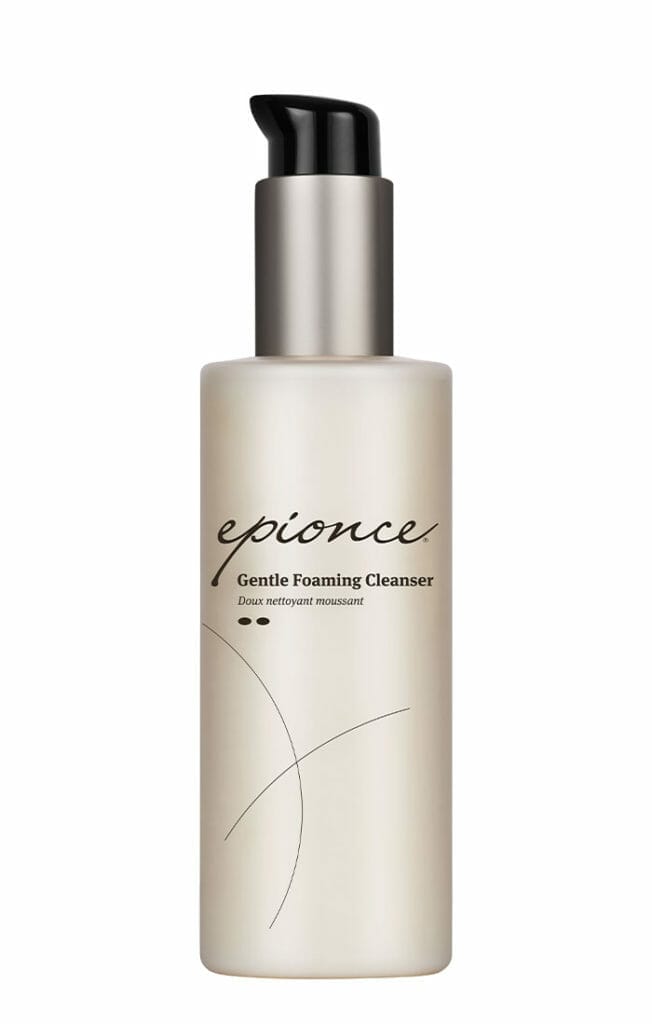
Epionce Lytic Cleanser
For a little extra exfoliation, this spa-like cleanser contains salicylic acid to remove impurities and calm problem skin without unnecessary irritation or dryness; refreshes and calms problem skin; and removes stubborn dirt, oil and makeup.
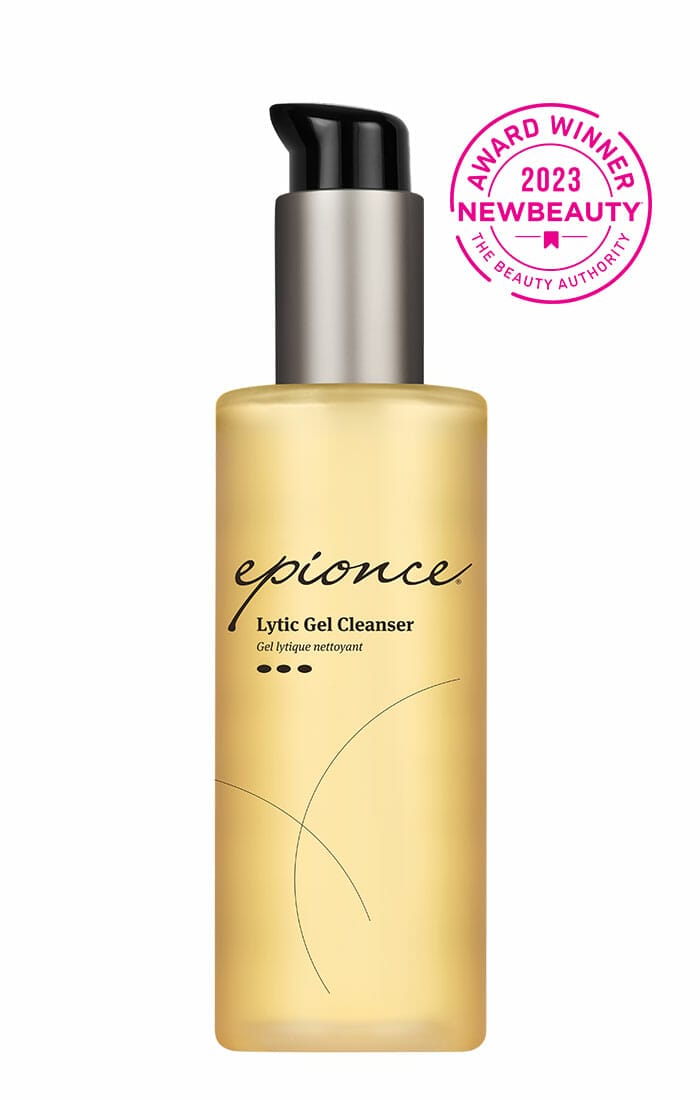
Nutriance Organic Cleansing Milk
Cream Cleansers for dry/sensitive skin: This is a silky emulsion enriched with marine and botanical ingredients to gently remove impurities, dirt, surface oils and makeup residue.
(Available for purchase only in our office)
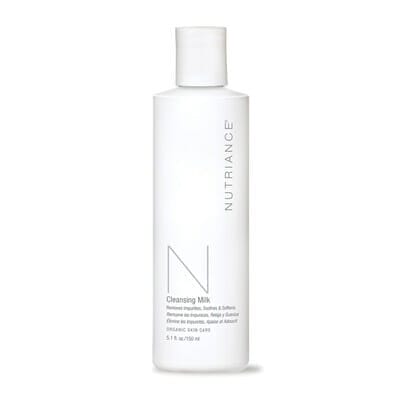
Epionce Milky Lotion Cleanser
This soothing cleanser is effective without harming, irritating or causing unnecessary dryness in the skin. It helps calm redness and scaly texture; leaves skin feeling soft and moisturized; and non-foaming formula for sensitive skin.
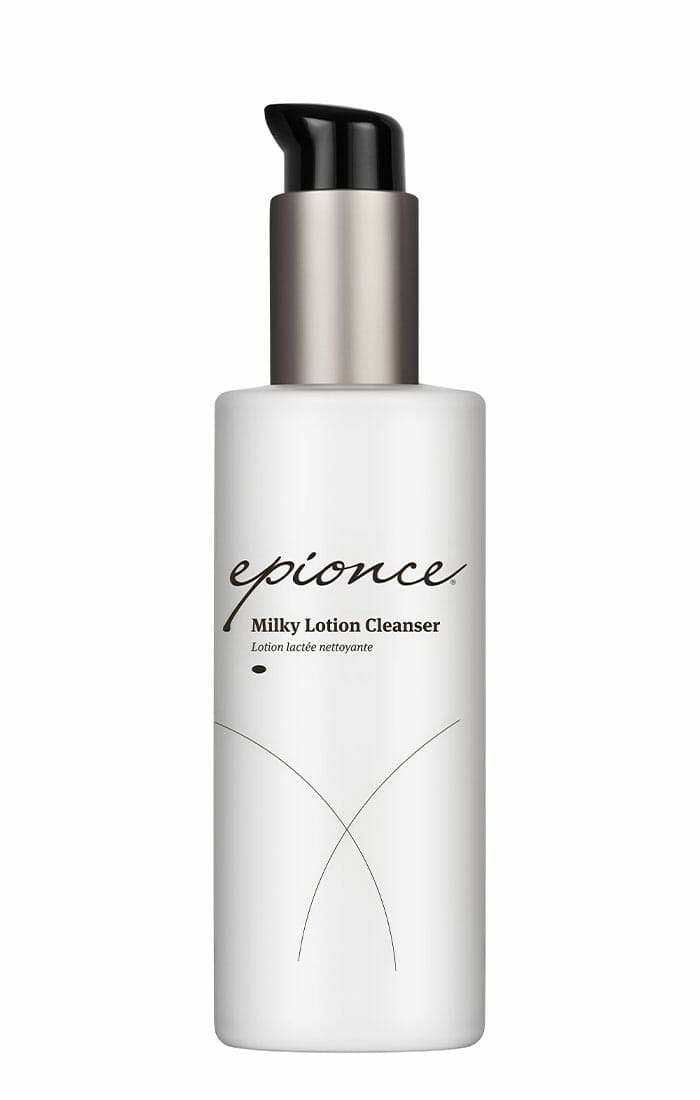
2) Moisturize Day and Night
Moisturize, Moisturize, Moisturize.
Imagine showing up for a pop quiz without studying – that’s your skin without moisturizer. Moisturizing twice a day after cleansing keeps your skin’s hydration game strong. Repairing your skin barrier with moisturizer can keep wrinkles in check and irritation at bay. Even if you are acne prone, moisturizer is important.
Here are some suggestions:
Acne Prone
Evolve HA Serum
This serum draws moisture into your skin with no oils, and contains squalene, coenzyme Q10, and peptides to repair your skin barrier.
(Available for purchase only in our office)
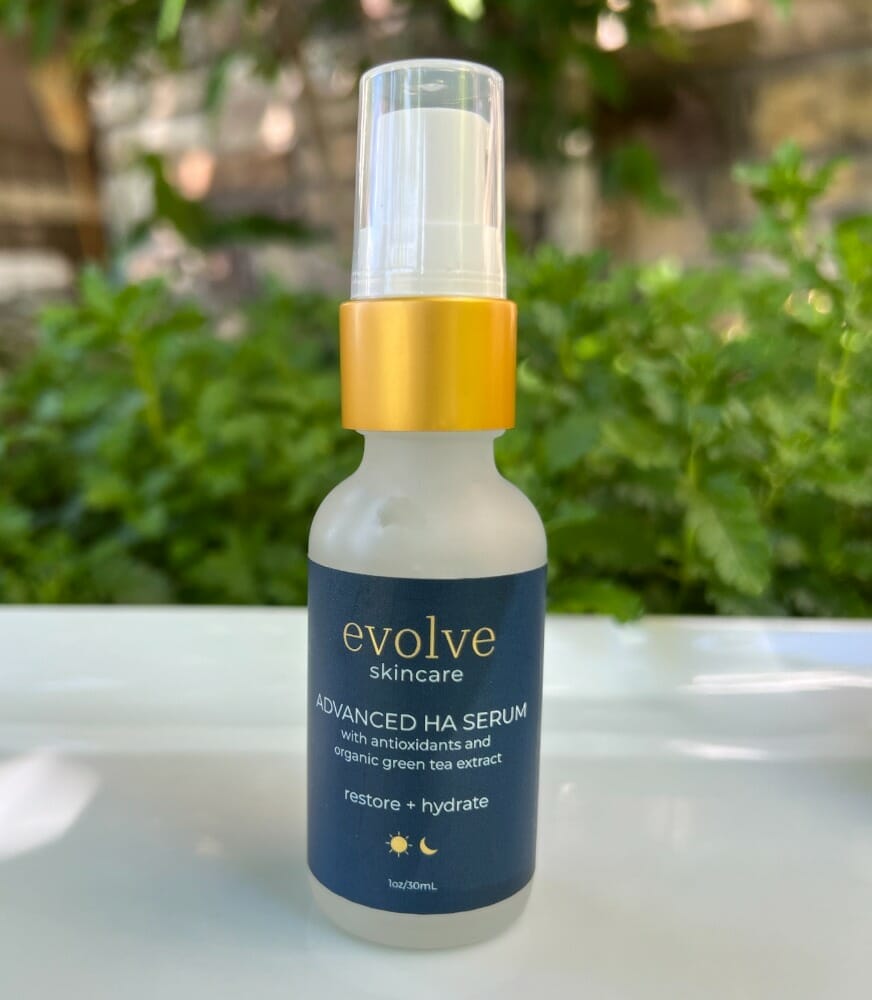
Cetaphil Gentle Clear Mattifying Acne Moisturizer
This lightweight moisturizer with acne-fighting salicylic acid, helps breakouts while soothing acne-prone, sensitive skin. Hydrates for 48 hours, and improves skin tone and texture

Normal/oily
Evolve Peptide Moisturizer
This contains hyaluronic acid, shea butter and non-comedogenic jojoba oil in addition to botanical actives to help promote elasticity and firmness to your skin.
(Available for purchase only in our office)
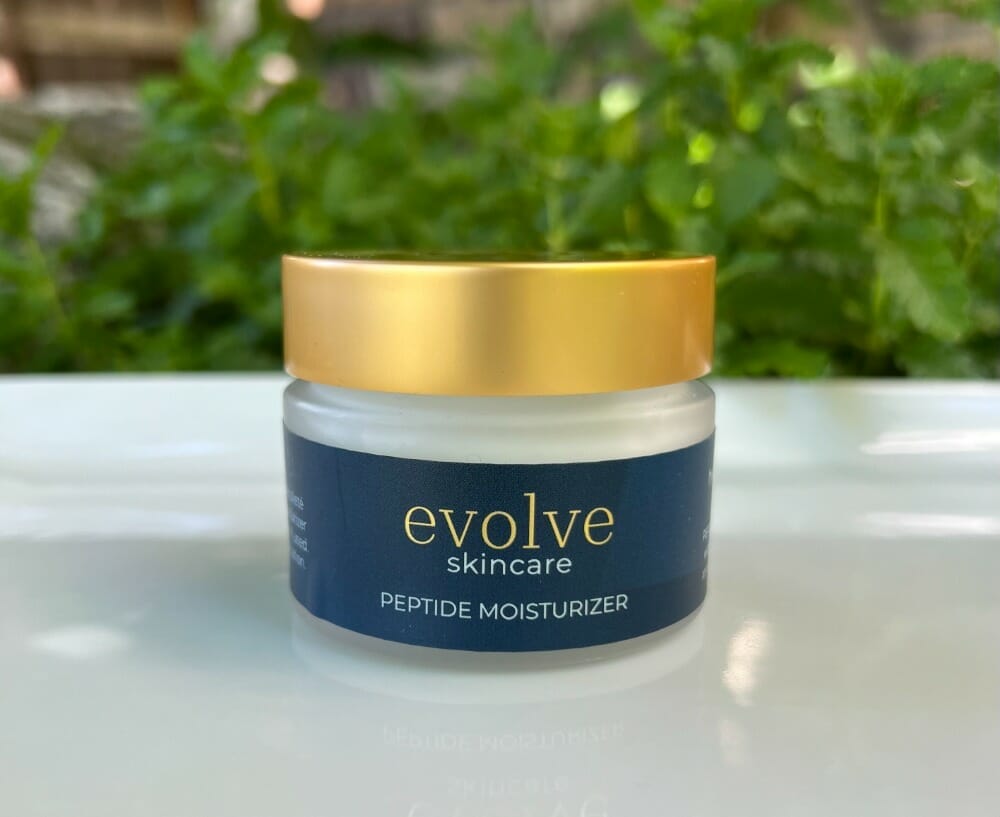
Dry/Sensitive skin
Nutriance Organic Rejuvenating Rich Cream
A luxuriously nourishing marine botanical-based cream with antioxidants to improve skin firmness and decreases the appearance of fine lines and wrinkles. (Available for purchase only at our office)
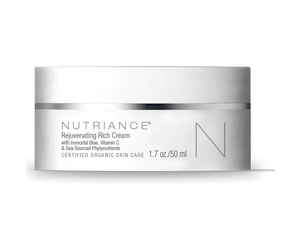
Kiehl’s Ultra Facial Cream
Ultra hydrating facial cream with 4.5% Squalane has a unique lightweight texture and lasting 72-hour hydration to leave skin softer and visibly healthier. Formulated with Squalane, Glacial Glycoprotein and Pro-Ceramides, this non-greasy, lightweight moisturizer is clinically demonstrated to hydrate 15 layers deep for softer, smoother, and healthier looking skin.
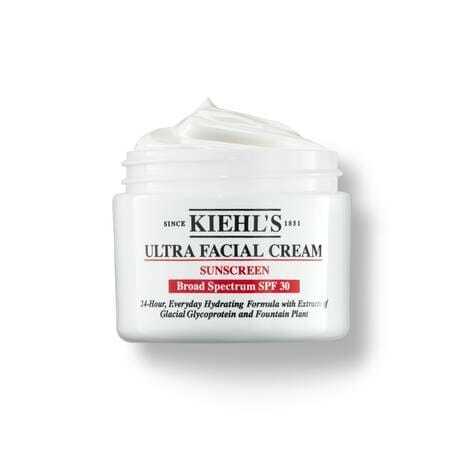
3) Use an Eye Cream
Say goodbye to panda eyes with a good eye cream.
Late-night study sessions can leave you with dark circles that resemble panda eyes. Enter eye cream – your sleep-deprived savior. Bid adieu to those bags and welcome a fresher look.
Evolve Brightening Probiotic Eye Cream
This is moisturizing with probiotics, kojic acid, botanicals and caffeine to reduce puffiness and dark circles. (Available for purchase at our office only)
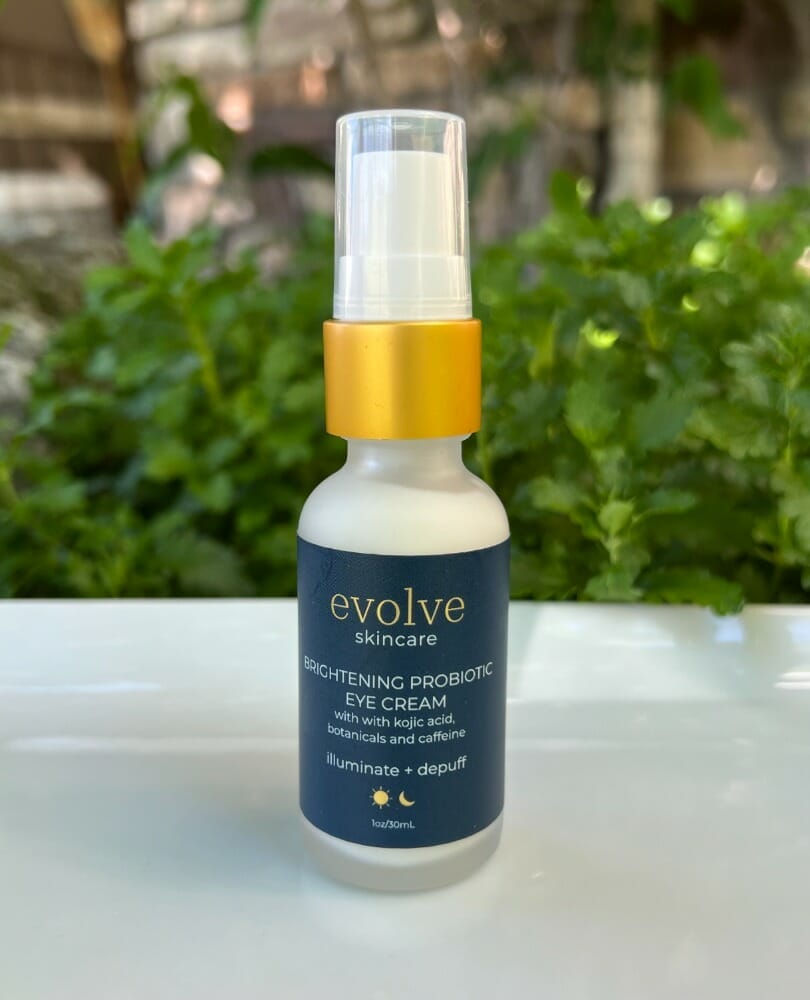
Epionce Renewal Eye Cream
This product is great for adding moisture and antioxidants around your delicate eye area.
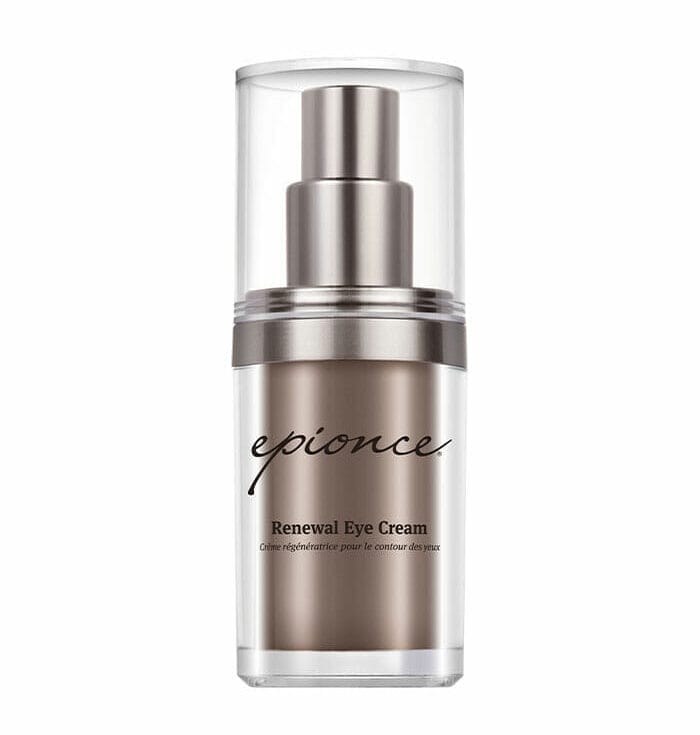
4) Make Sunblock a Daily Non-Negotiable Habit
Consider sunblock getting your face dressed every morning.
Just as you wouldn’t go to class without a backpack, don’t step out without sunscreen. The best way to use it is applying it every morning – in fact it can be what you use for your moisturizer. Rain or shine, sunscreen is your shield against premature aging caused by the sun. Trust me, your future self will thank you.
Here are some great choices for your face and neck that are not pore clogging and are easy to use:
COOLA: Rōsilliance® Tinted Moisturizer Organic Sunscreen SPF 30
Mineral tinted moisturizer! A lightly hydrating formula with antioxidants and mineral blocking zinc and titanium dioxide.
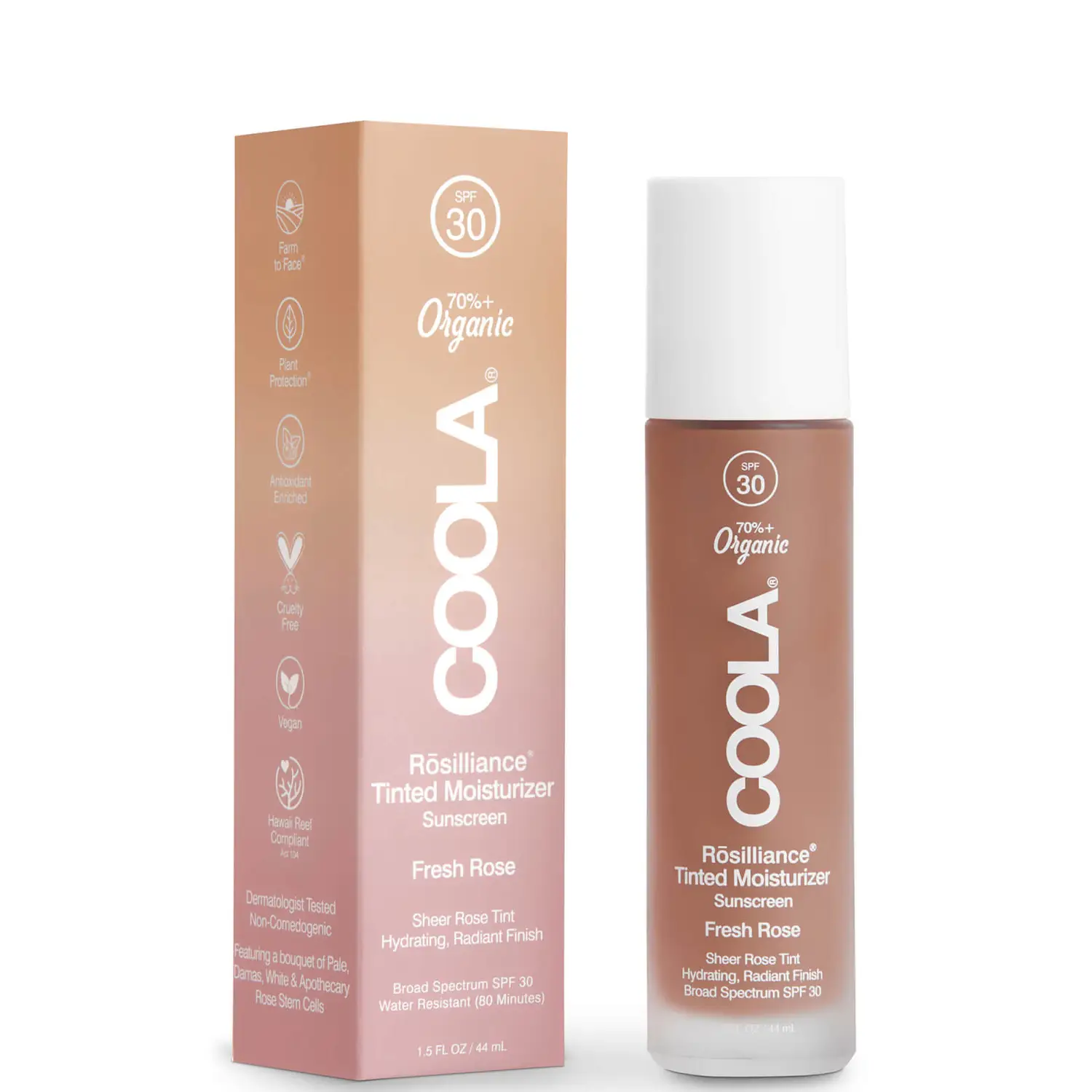
Epionce Daily Shield Tinted SPF 50 Sunscreen
This one offers more moisture, a sheer tint, with zinc and titanium dioxide for Broad-spectrum SPF 50 UV protection; Light, quick-absorbing anti-oxidant rich sheer formula; Water Resistant (80 minutes)
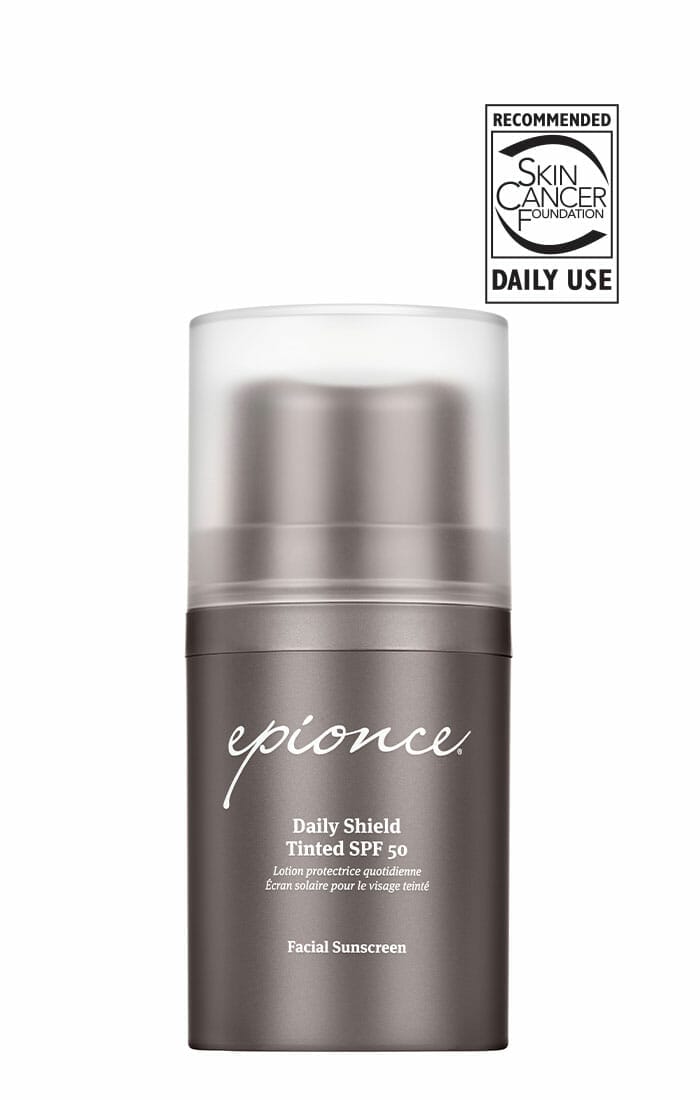
COOLA Mineral Sun Silk Crème Organic Face Sunscreen SPF 30
This is not your usual white zinc sunblock. It is much more sheer, oil-free, and great for every day.
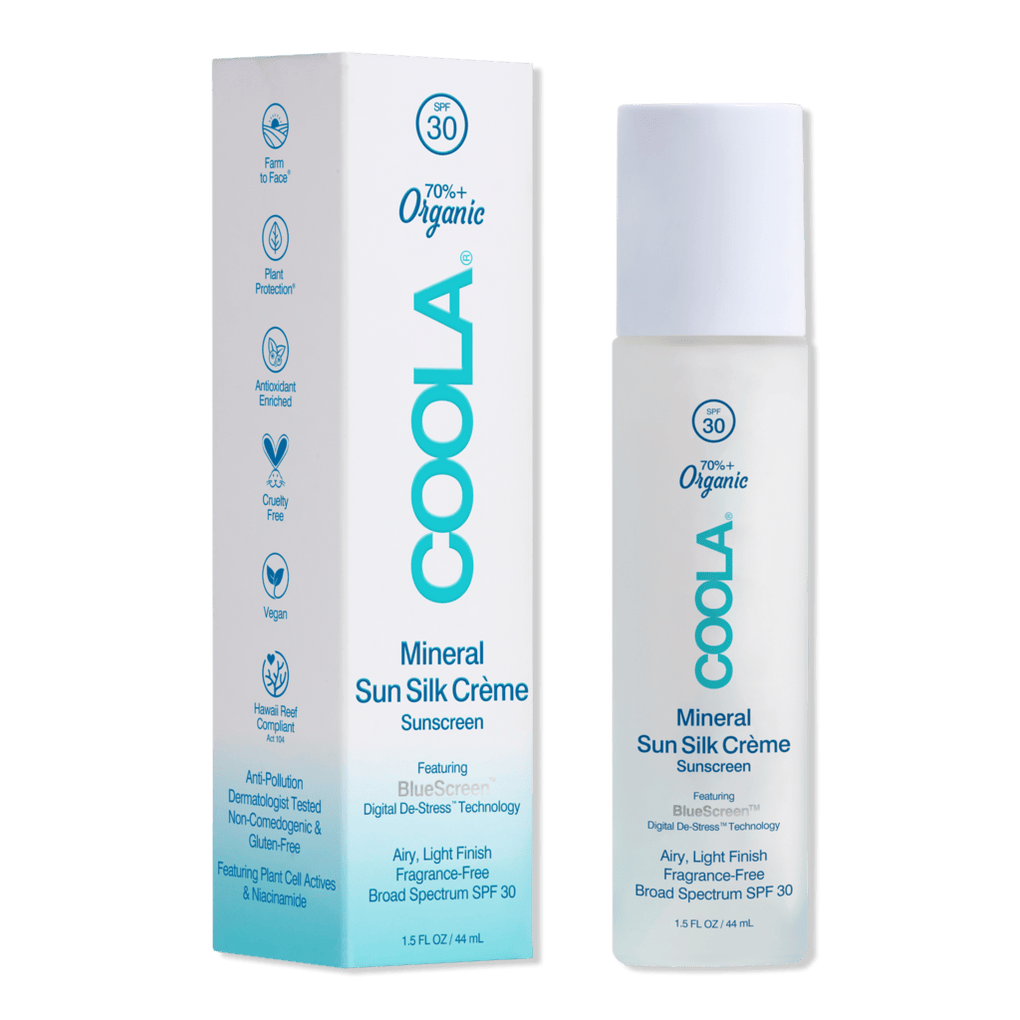
5) Consider a Vitamin C Serum
Vitamin C serum – your skin’s BFF.
Want that lit-from-within glow? Vitamin C serum is about to become your skin’s best friend. It fights dullness and dark spots like a pro. It is a powerful antioxidant that can both repair and protect your skin. Start a habit of beginning your day with this serum after washing. You won’t regret the resulting healthy glow!
Choosing the right vitamin C serum is important to make sure the active ingredient is stable and it is able to appropriately penetrate your skin without irritation.
My favorite vitamin C serums:
SkinCeuticals CE Ferulic Serum
This serum has been a gold standard for years, the only setback is the price tag (usually around $180). 🙂
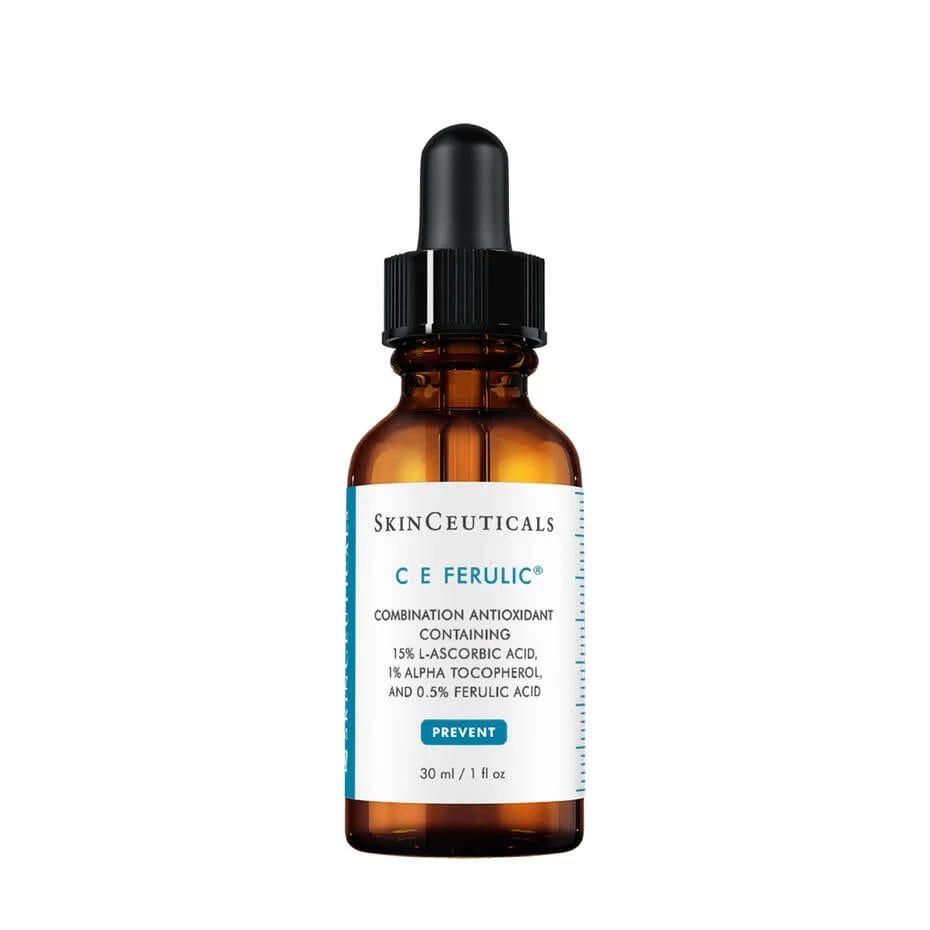
Evolve 20% Vitamin C Serum
This potent antioxidant contains ferulic acid, vitamin E, and hyaluronic acid to repair the effects of sun exposure, lighten age spots, and smooth and brighten skin. (Available for purchase only in our Boulder office)
